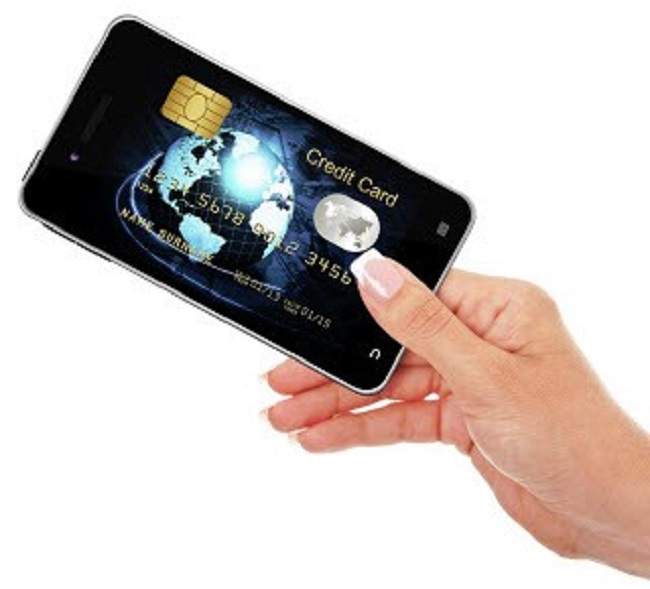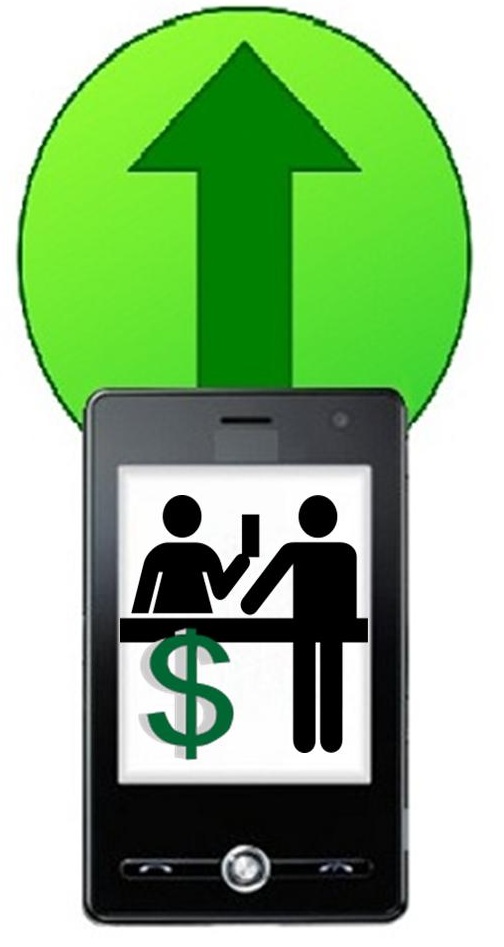Cayan data revealed that Americans didn’t turn to their smartphones to complete transactions very much.
Transaction processing firm Cayan showed that in store mobile payments in the United States were low on Black Friday. Fortune Magazine reported on the data and indicated that even though mobile wallet use is rising, it is still tiny. That payment method represents only a very small percentage of the overall total.
In fact, the mobile wallet use in store on Black Friday made up only 0.6 percent of sales.
The Cayan in store mobile payments data suggests a 100 percent year over year usage increase. However, it still shows that the percentage it represents of the total is only just a fragment above being entirely insignificant. The only reason that percentage meant anything at all was because the total sales on all payment methods on Black Friday was such a large figure.
 Despite that fact, this makes it very clear that mobile payment adoption remains an exceptionally slow process. It is far from being mainstream as of yet.
Despite that fact, this makes it very clear that mobile payment adoption remains an exceptionally slow process. It is far from being mainstream as of yet.
Other data has shown that some in store mobile payment methods are more successful than other.
PYMNTS and InfoScout data showed that the use of the Apple Pay mobile wallet is actually declining in popularity. Their data revealed that over the last year, the growth rate for usage has slowed down.
Data from October 2016 showed that only 23 percent of consumers with an appropriate iPhone had actually tried the mobile wallet. That was essentially the same statistic that was recorded back in March 2016.
Moreover, mobile wallet use while in-store has not been doing much better. It has not been keeping up with the rate of growth of m-commerce as a whole. Still, even though there is a low conversion rate, PayPal recorded some strong figures over the holiday weekend that launched the shopping season. About 1 in 3 online purchases using PayPal were made over mobile.
Similarly, Adobe recorded that 45 percent of traffic to retail sites came from smartphones and 25 percent of e-commerce sales were from mobile devices. This suggests that customers are using their smartphones, they simply aren’t using in store mobile payments quite yet.

 A recent Business Insider report has stated that the “old dream of the digital wallet is coming true in a very mobile-led fashion.” The report indicated that by the end of last year, in the United States there were already approximately 7.9 million consumers who had adopted a system compatible with NFC technology (near field communications) or QR codes. These include examples, such as MasterCard PayPass, Visa Wallet, Google Wallet, and others that use apps for processing the transactions.
A recent Business Insider report has stated that the “old dream of the digital wallet is coming true in a very mobile-led fashion.” The report indicated that by the end of last year, in the United States there were already approximately 7.9 million consumers who had adopted a system compatible with NFC technology (near field communications) or QR codes. These include examples, such as MasterCard PayPass, Visa Wallet, Google Wallet, and others that use apps for processing the transactions.